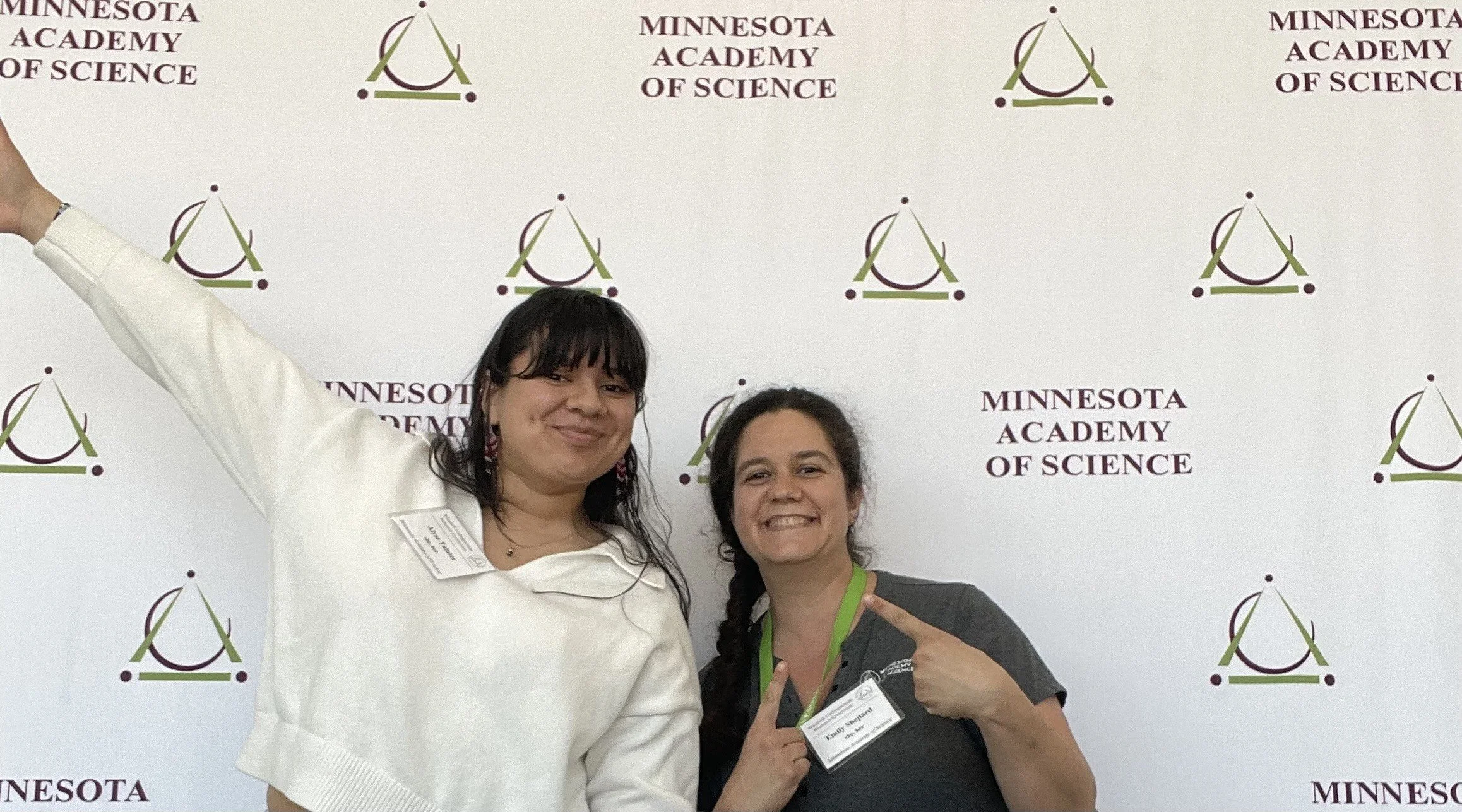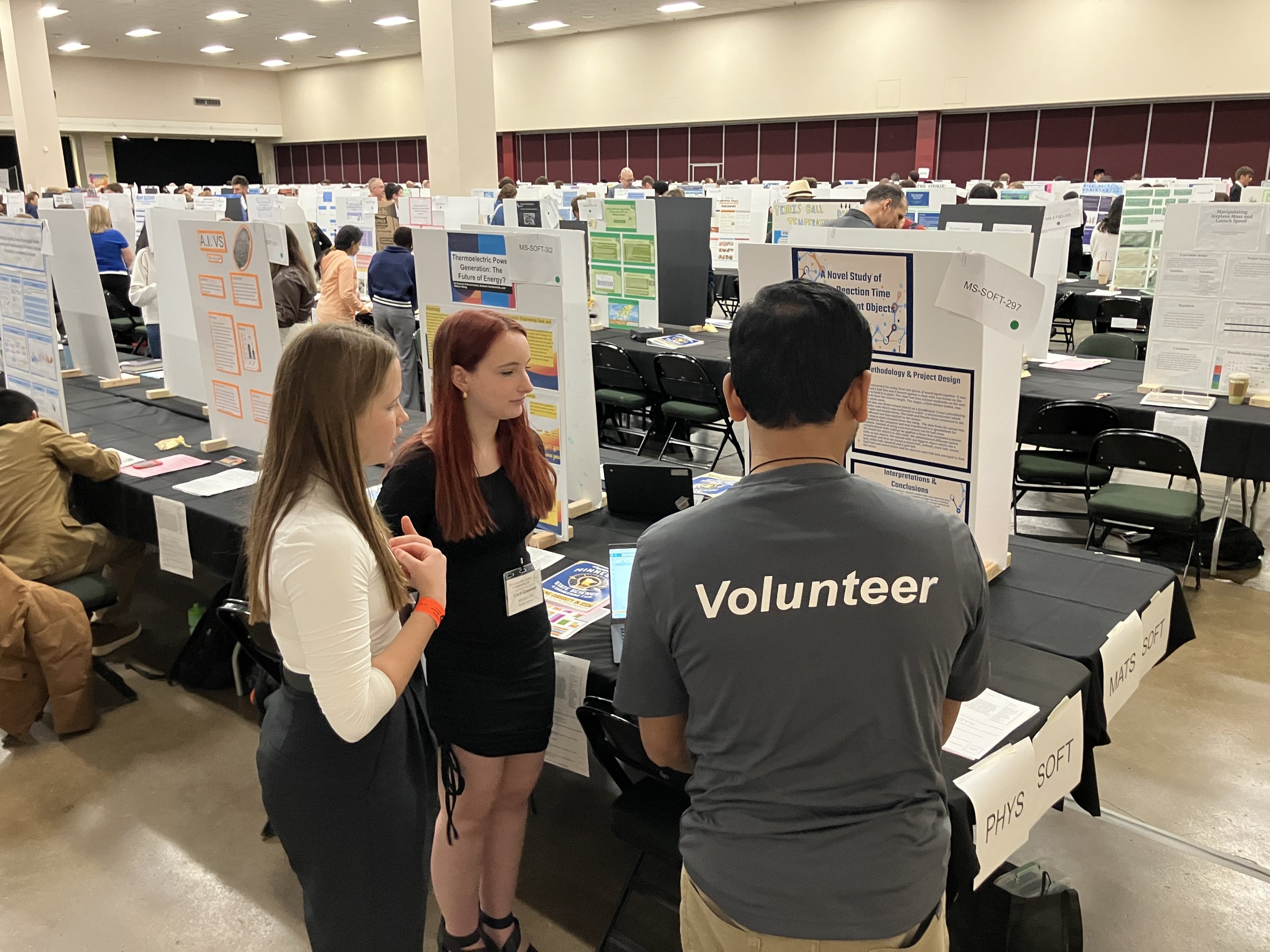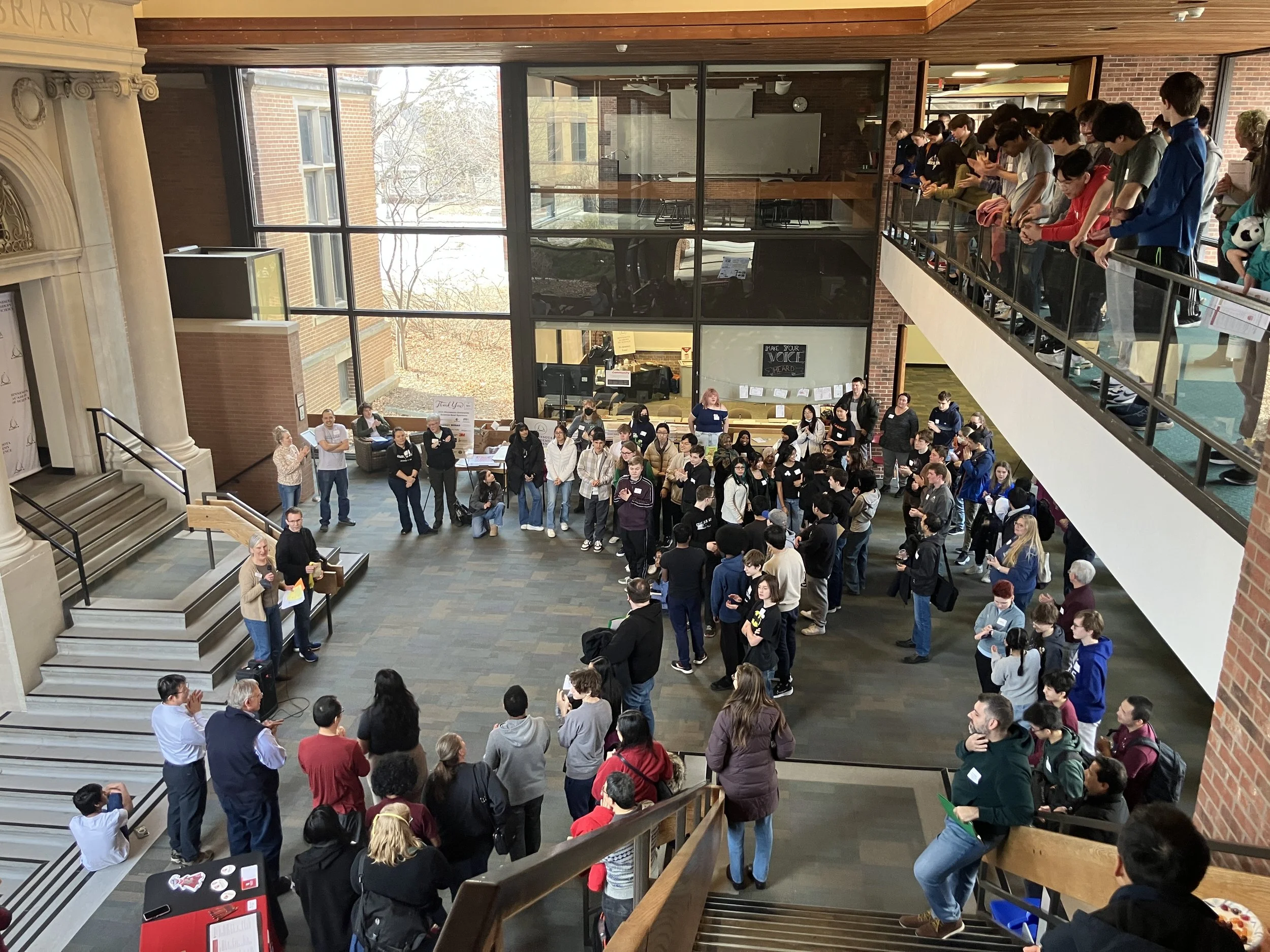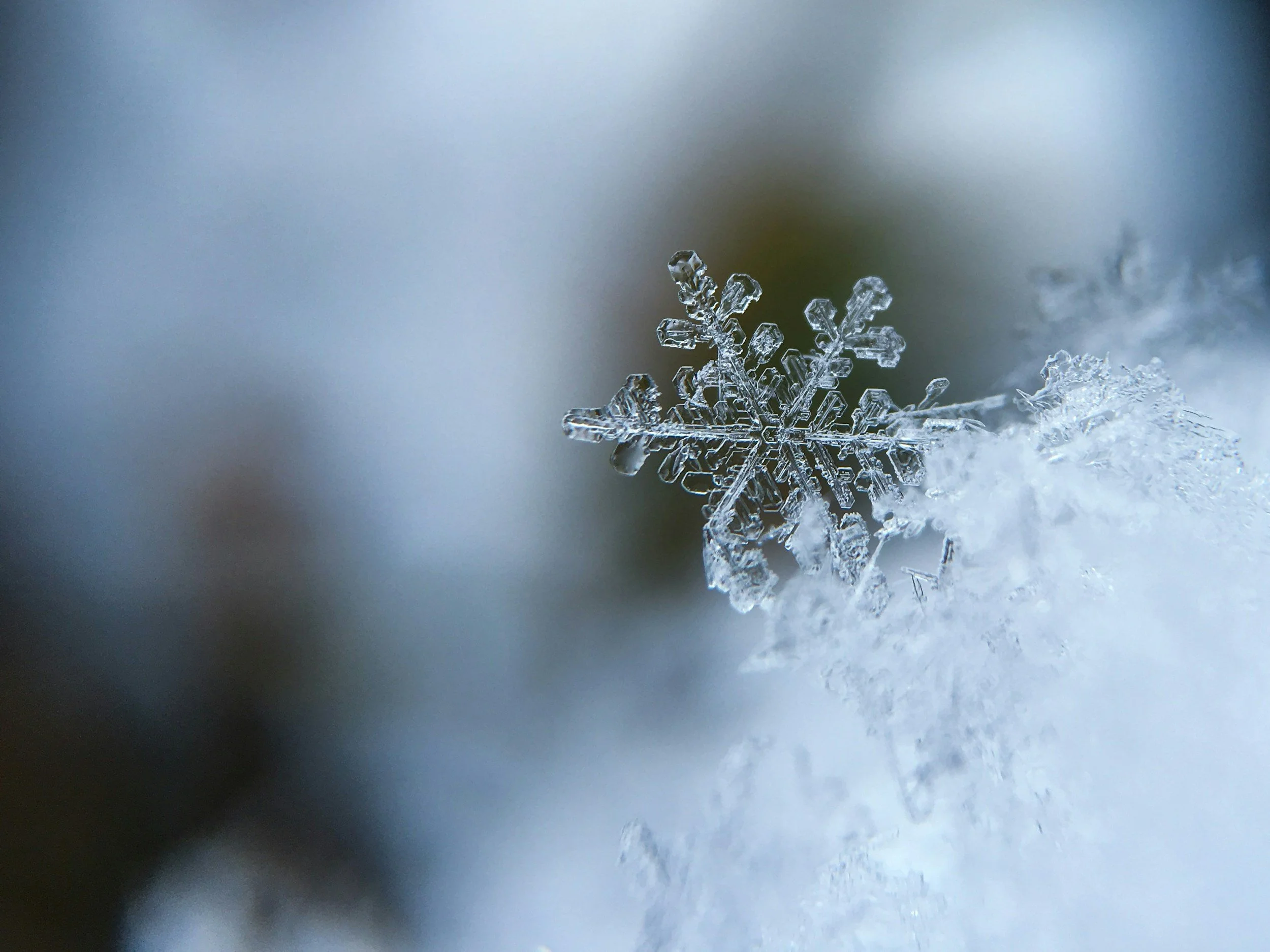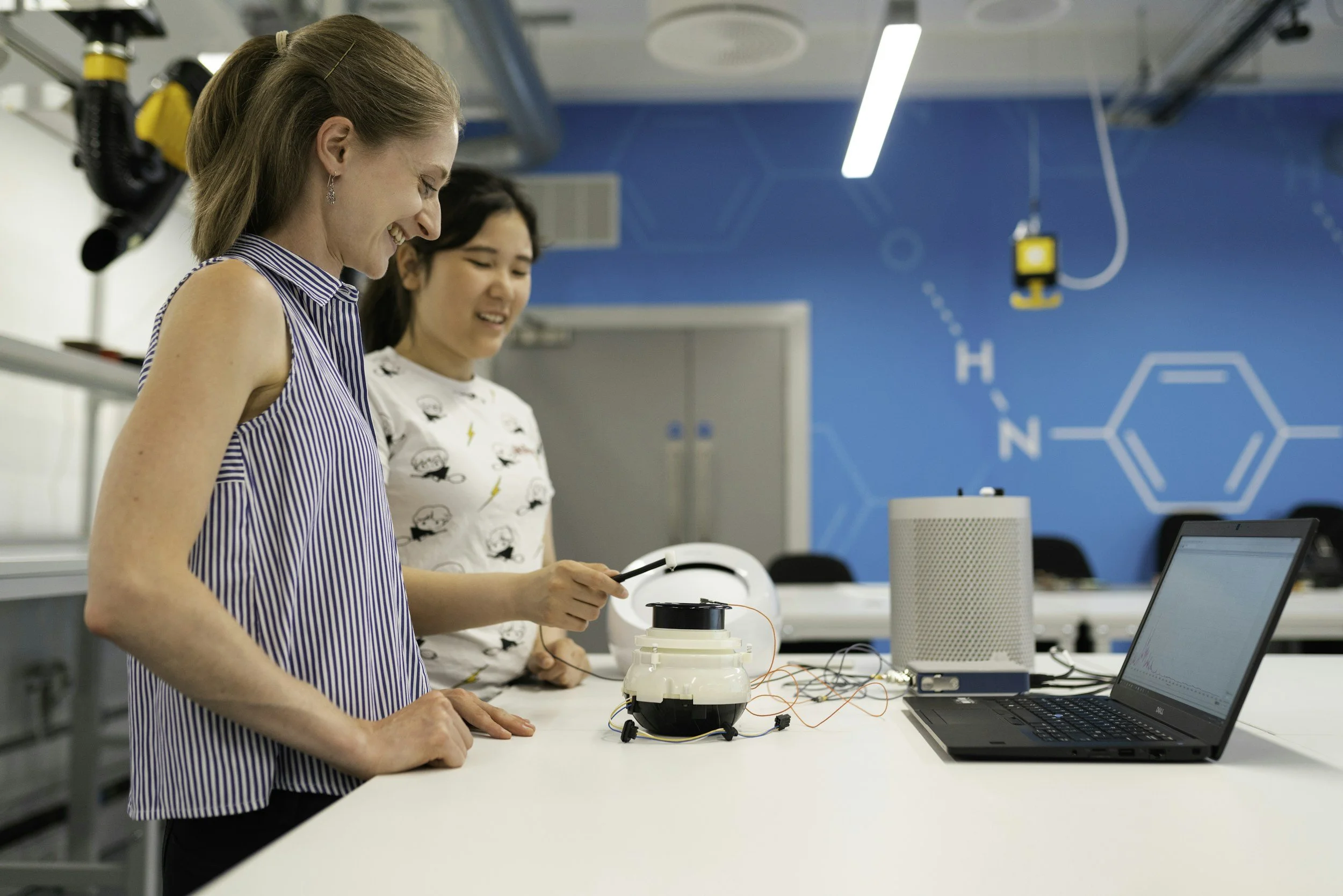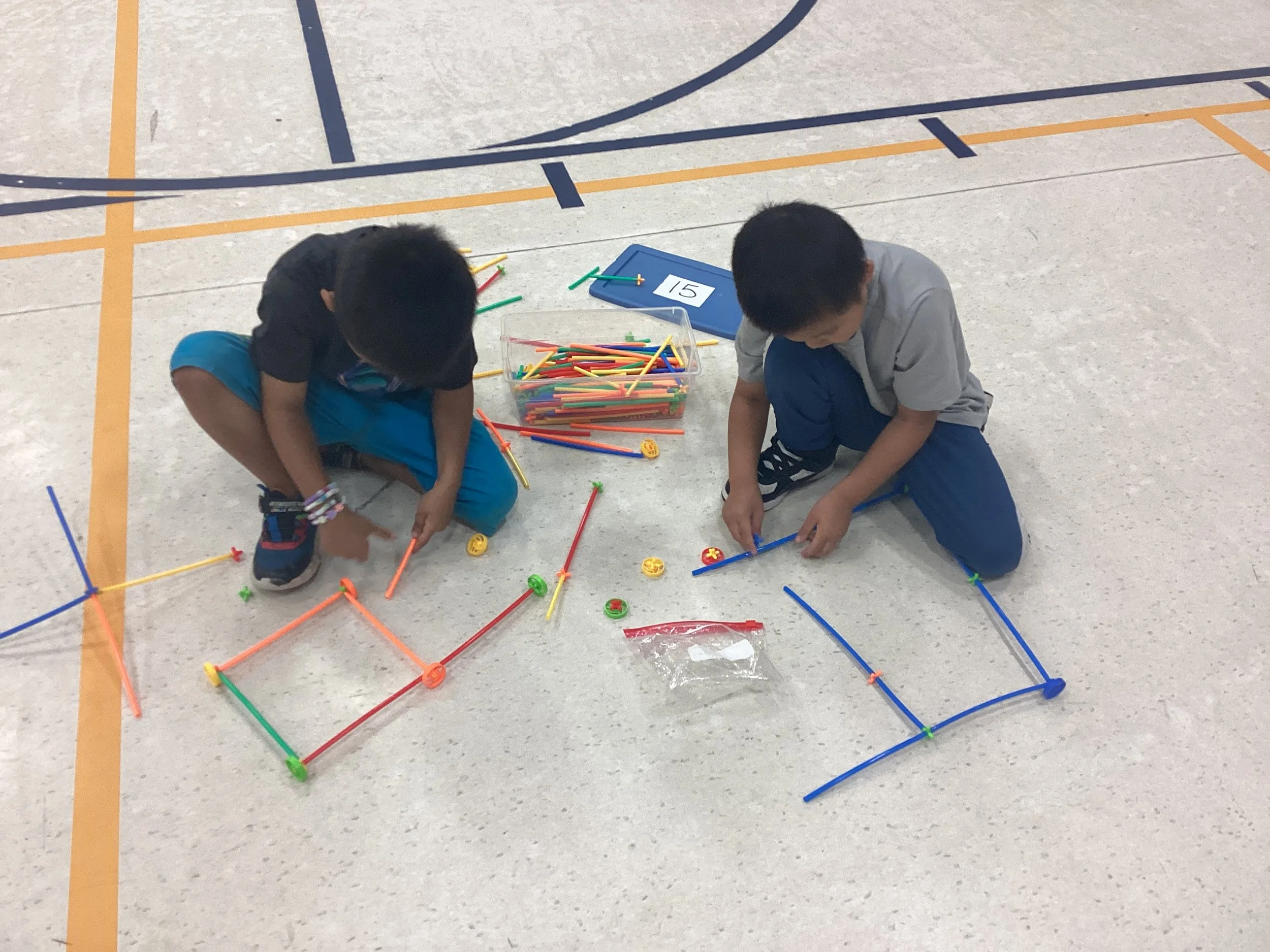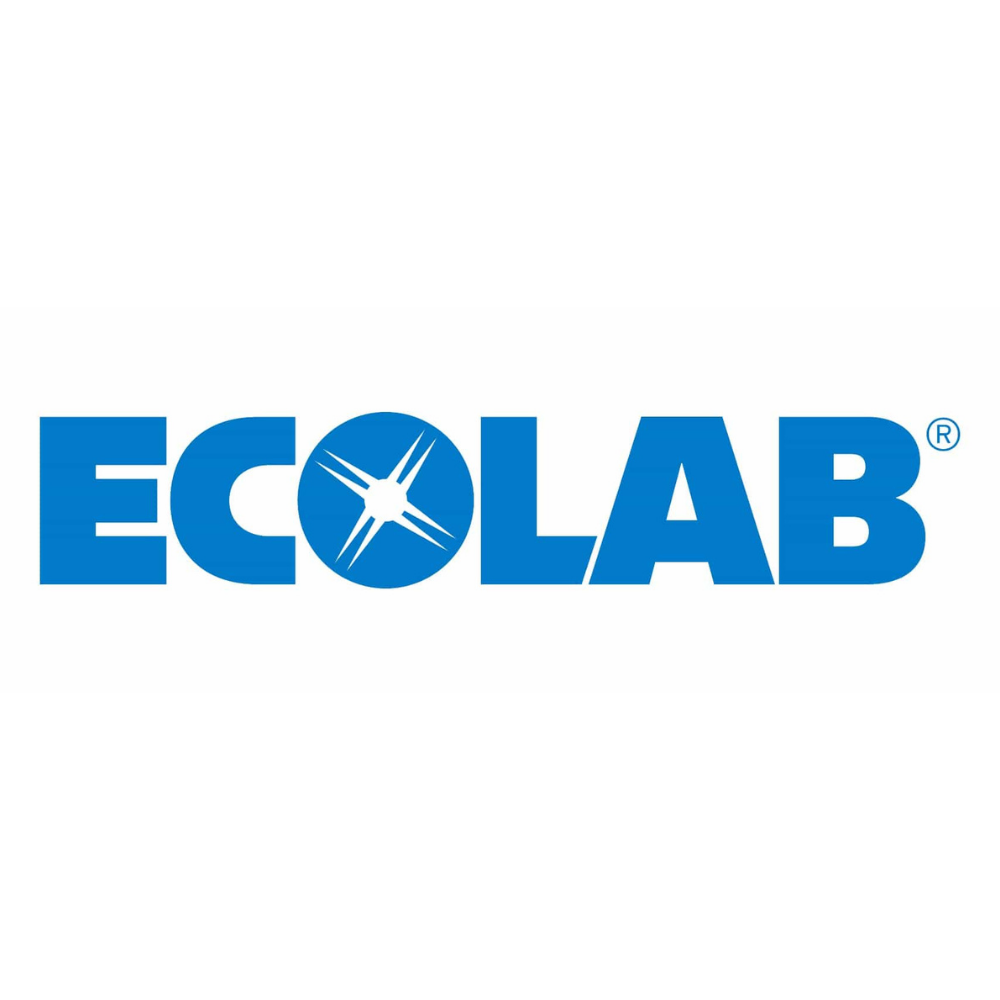Community Science Projects
Caren Cooper explains that “Science is not just for scientists. There are ways that everyone can be involved and contribute.”
Make a contribution to science and increase your own knowledge through participating in one or more of these community science projects (also known as participatory science or citizen science).
You’ll find a plethora of community science projects, divided by location into (1) Minnesota and (2) National/International opportunities. Within locations, you’ll find community science projects divided into year round projects and seasonal projects. Take a look, and find a project that will be fun, educational and meaningful for you and your community!
Minnesota Projects
year round projects
Adopt a Storm Drain
Adopt a Drain asks residents to adopt a storm drain in their neighborhood and keep it clear of leaves, trash, and other debris to reduce water pollution.
Cedar Creek: Eyes on the Wild
Cedar Creek Ecosystem Science Reserve, located in east central Minnesota, is the birthplace of modern ecosystem ecology. The biggest task that their research team needs help with is identifying animals in the network of 100+ camera traps spread across the reserve.
Citizen Science Hub at the University of Minnesota
This website provides resources for community scientists, science educators, and coordinators of community science programs.
Community Collaborative Rain, Hail and Snow Network
Participants measure precipitation right in their own backyards. It's easy to join, takes only five minutes a day and is a fun way to learn about this wonderful natural resource that falls from the sky. Observations continue to give scientists an ever clearer picture of where and how much precipitation falls throughout our communities.
Cover it up!
This UMN project works with volunteers throughout the state who conduct ecological research and contribute to more sustainable buckthorn control.
Jovian Vortex Hunter
A citizen science project led by researchers at the UMN-Twin Cities with support from NASA that allows volunteers to play an important role in helping scientists learn more about the atmosphere on Jupiter. Help astrophysicists categorize tens of thousands of stunning images taken from the Juno spacecraft with just a web browser.
Mapping Change
A project through the Bell Museum where volunteers can work from home to transcribe data from hand-written museum specimen labels to map biodiversity in the Midwestern US.
Minnesota Phenology Network
Share your observations with fellow naturalists. Join Nature's Notebook to help build a valuable database of information about climate change and learn about its impact.
Mississippi River Plastic Pollution Initiative
This project collects data to create a plastic pollution map. The map will help understand the state of plastic pollution along the River and help scientists, policy-makers, businesses, and the general public take action.
Offal Wildlife Watching
Classify photos provided by hunters across Minnesota to better understand what and when species use deer gut piles.
seasonal projects
Citizen Water Monitoring
Volunteers measure the water clarity of lakes and streams, and the Minnesota Pollution Control Agency uses that valuable data to make decisions on watershed protection and restoration.
CrowdHydrology
Anyone with a cell phone can send in a text message of water depth in bodies of water. Scientists, researchers, and managers use these data to understand how streams respond to weather and climate.
Department of Natural Resources (DNR)
Since creating a department-wide DNR Volunteer Program in 1988, Minnesotans have engaged in more than 12.5 million hours of volunteer service adding $238 million in value focused on managing our state's natural resources. Explore numerous volunteer opportunities around the state.
Getting Birdy in the St. Louis River Estuary
Audubon Great Lakes is looking for volunteers to gather data in specific locations on the St. Louis River Estuary through watching and recording birds on eBird.
Lake Level Volunteering
Volunteer observers record lake levels on a regular basis to create permanent, credible, public lake level records.
Minnesota Bee Atlas
You don’t have to be a bee expert! Just upload your photo to iNaturalist. with an accurate date and location and other users will help you identify what you have seen.
Pesky Plant Trackers
Search your local environment for pesky plants, such as wild parsnip and Japanese knotweed, to track and report.
Solar Jet Hunter
In this project, which originated at the University of Minnesota, participants help identify bursts of plasma coming off the Sun, called solar jets, in thousands of images captured over the last 11 years by NASA’s Solar Dynamic Observatory.
Stencil Storm Drains
The Friends of the Mississippi River organizes volunteers to mark storm drains with the message, "Keep 'em Clean, Drains to River (Lake or Creek)!" and distribute educational doorhangers to neighborhood homes and businesses.
Tree Cookies
The DNR is organizing Minnesotans to create "tree cookies" - slices of branches or trunks that show the rings of a tree. Teachers love having sets of cookies like these in their classrooms but don’t have time or tools to make them.
Winter Salt Watch
Request a free Winter Salt Watch test kit from the Izaak Walton League of America to find out whether road salt pollution is a problem in your local stream.
National and International Projects
community science hubs
SciStarter
Find projects that match your interests and track your progress.
We Dig Bio
Database of worldwide volunteer opportunities for digitizing biocollections.
Zooniverse
The Zooniverse enables everyone to take part in real cutting edge research in many fields across the sciences, humanities, and more.
year round projects
Crowd the Tap
The Crowd the Tap mission is to ensure safe drinking water in the United States by identifying areas for tap water testing and infrastructure replacement. Participating in this inventory will connect you with others in your neighborhood and beyond who want to make drinking water safe for all.
Field Note Transcription, Natural History Museum of Utah
Help the collections team with their Field Note Transcription Project, which will digitally archive tens of thousands of pages of handwritten field notes from scientists working in Utah.
Globe at Night
The Globe at Night program is an international campaign to raise public awareness of the impact of light pollution by inviting volunteers to measure their night sky brightness and submit their observations from a computer or smart phone.
How to make an observation with the iNaturalist app.
iNaturalist
Every observation can contribute to biodiversity science, from the rarest butterfly to the most common backyard weed. Findings are shared with scientific data repositories like the Global Biodiversity Information Facility to help scientists find and use your data.
Smithsonian Digital Volunteers
Become a Smithsonian Digital Volunteer and help make historical documents and biodiversity data more accessible. A current project of note is an effort to transcribe a collection of material gathered by Sally Ride over the course of her life.
seasonal projects
Auburn Squirrel Project
Volunteer to watch gray squirrels and collect data on what they are doing, based on predefined behaviors.
Budburst
Budburst is a collection of researchers, educators, gardeners, and community scientists working together to illustrate the human impacts on the natural world through data collection, data sharing, education, and personal connections. Budburst is a program of the Chicago Botanic Garden.
Bumble Bee Watch
A collaborative effort to track and conserve North America’s bumble bees, this community science project allows for individuals to upload photos of bumble bees to start a virtual bumble bee collection.
City Nature Challenge
City Nature Challenge is an international effort for people to find and document plants and wildlife in cities across the globe.
Feeder Watch
FeederWatch is a winter-long (November-April) survey of birds where participants periodically count the birds they see at their feeders and send their counts to Project FeederWatch. Bird counts help you keep track of what is happening in your own backyard and help scientists track long-term trends in bird distribution and abundance.
Great Sunflower Project
Plant lemon queen sunflower seeds in your yard and submit at least 3 pollinator counts of at least 5 minutes duration.
HerpMapper
Use HerpMapper to create records of your herp observations, which are made available to HerpMapper Partners – groups who use your recorded observations for research, conservation, and preservation purposes. Your observations can make valuable contributions on the behalf of amphibians and reptiles.
Journey North
Journey North is a program through the University of Wisconsin-Madison Arboretum. Participants can report sightings of various animals species, which are mapped in real-time as waves of migrations move across the continent.
Track a Lilac
Lilacs are broadly distributed across the nation, are quite common in backyards, and are easy to recognize. Members of the public can take part in an effort to track the phenological activity of lilacs all across the country through the USA National Phenology Network.
Most recently updated April 2024. Originally published July 2020.





